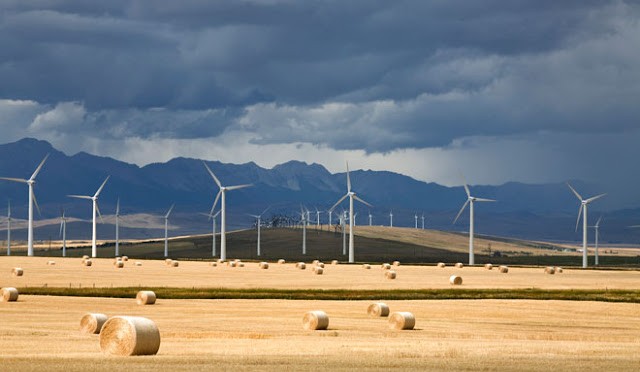On November 13, 2013, the Regulation respecting a 450-megawatt block of wind energy (“Regulation”) was officially published.
This confirms the fundamental details of the procurement of an additional 450 MW of wind energy generating capacity in the Province of Quebec through a tendering process. The Regulation provides that Hydro Québec Distribution, a division of the provincially owned power utility, Hydro Québec, must now proceed with a call for tenders by December 31, 2013.
This is the final version of the draft regulation which was published on August 28, 2013 (see our earlier commentary here). The earlier draft regulation was subject to a period of public comment in which many industry stakeholders participated.
As detailed more fully below, the Regulation modifies the draft regulation in certain important regards, including with respect to:
- timelines for project delivery;
- participation levels of local stakeholders (referred to as the “local environment”) which now includes cooperatives in addition to the “local communities” contemplated by the draft regulation;
- a lower maximum price of 9.0¢/kWh, instead of 9.5¢/kWh as initially proposed, that now excludes load balancing and supplementary capacity costs, in addition to excluding transportation costs.
Timelines
The first block of 100 MW is to be connected to Hydro Québec’s main network by December 1, 2016, and the remaining 350 MW block by December 1, 2017.
Eligibility
In order to participate in this call for tenders, suppliers must demonstrate that local stakeholders (the “local environment”) hold a “participation representing 50% or more of the project control”.
The Regulation defines “local environment” as including one or more of the following:
- regional county municipality;
- local municipality;
- Native community, being defined as either one of the eleven nations recognized by the Québec National Assembly or a Native community recognized as such by one of these nations and by the National Assembly and the Government of Québec;
- intermunicipal management board;
- cooperative that has a majority of its members residing in the administrative region where the project is located.
(The draft regulation did not include a cooperative, and used the term “local community” instead of “local environment”.)
This participation level of 50% or more for the “local environment” is a change from the provision of the draft regulation that required this threshold to be more than 50% of the control of the project. In our view, this requirement may still present challenges to institutional investors.
In addition to the local ownership requirements, the Regulation also provides that the project must be recognized by a resolution of the regional county municipality and any local municipality where the project is located.
Price
The Regulation sets a maximum price of 9.0¢/kWh for this block of energy. This price is in 2014 dollars, to be adjusted yearly to the Consumer Price Index, and excludes the cost for transportation (i.e., transmission) and for balancing and complementary power service.
This price represents a decrease from the maximum price of 9.5¢/kWh contemplated in the draft regulation. However, as indicated above, the 9.0¢/kWh maximum price of the Regulation excludes the costs of balancing and complementary power service, which had been included in the maximum price in the draft regulation.
A related Order in Council (décret) was adopted and published in parallel to the Regulation. In this Order in Council, the Government of Québec indicates to the Régie de l’énergie, the provincial energy regulator, specific economic, social and environmental factors that should be taken into consideration as part of the procurement process. These include the following:
- to maximize economic spinoffs, successful project proponents must pay an annual amount of $5,000 per installed MW to the regional county municipality, the local municipality or the Native community where the wind turbines are installed;
- for each project, provincial economic spinoffs for employment and expenditures must represent a minimum of 60% of the total cost of the wind farm, including the cost of installing the wind farm. Expenditures above this threshold will result in additional points for the project in the selection process;
- regional economic spinoffs for employment or manufacturing investments in the Matanie regional county municipality and the administrative region of Gaspésie-Îles-de-la Madeleine must represent at least 35% of the cost of the wind turbines to be installed, excluding installation costs. This is an increase from the 30% regional content requirement of recent calls for tenders for wind energy capacity in Québec; and
- the project selection grid will include a list of “strategic” components such as electric converters, generators, control systems and braking systems, which will bear a “very significant” weight for the purposes of the selection process.
The adoption of the Regulation is another significant step confirming Québec’s commitment to the promotion of wind energy production and manufacturing of related components in Québec. This initiative will present significant opportunities for investors and prospective market entrants, in addition to manufacturing stakeholders located in the Matanie regional county municipality and the administrative region of Gaspésie-Îles-de-la Madeleine who supply the wind energy industry.

